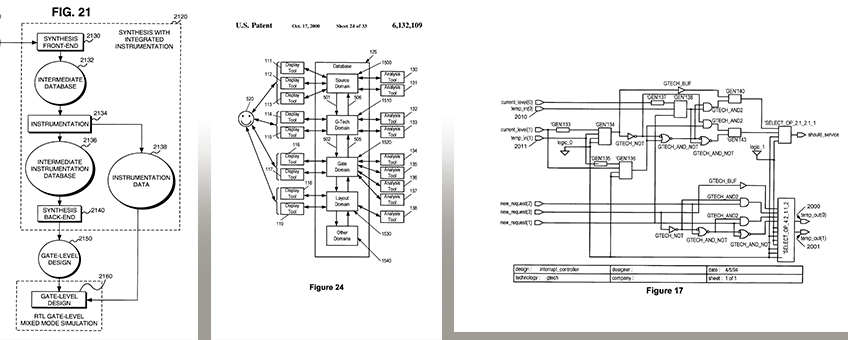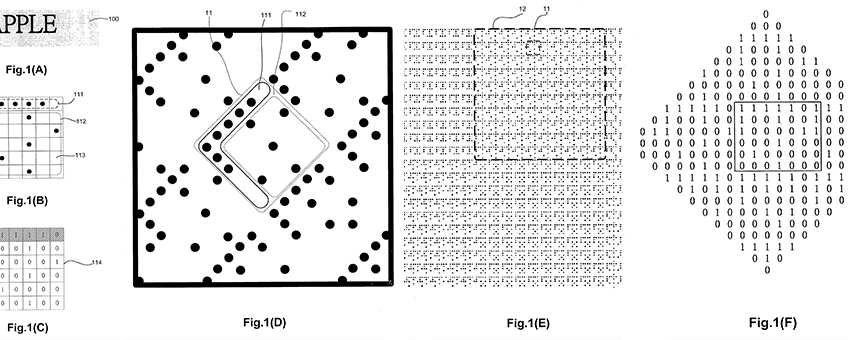ARCELORMITTAL, ARCELORMITTAL ATLANTIQUE ET LORRAINE, Plaintiffs-Appellants v. AK STEEL CORPORATION, SEVERSTAL DEARBORN, INC., WHEELING-NISSHIN INC., Defendants-Appellees
Case No. 2016-1357 Appeal from the United States District Court for the District of Delaware Decided: May 16, 2017
This dispute between the parties made its third appearance before the Federal Circuit. The Court affirmed the grant of summary judgment of noninfringement and the finding of invalidity of claims 24 and 25 of U.S. Patent No. RE44,153 (“RE’153 patent”) for being improperly broadened on reissue. The majority opinion noted that the “case has a convoluted history,” involving multiple lawsuits and appeals. That case history is not repeated in this summary.
ArcelorMittal raised the following arguments on this appeal:
1) that it never asserted claims 24 and 25 against defendants in the “050 lawsuit”; and
2) that the dispute with defendants was moot because it tendered a covenant not to sue. (more…)









